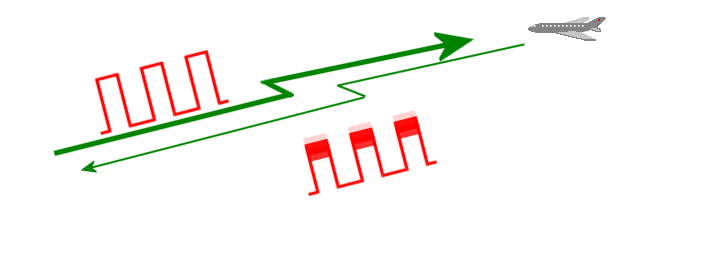NRS-12 “Score Board”
Description of the radar set, tactical-technical characteristics
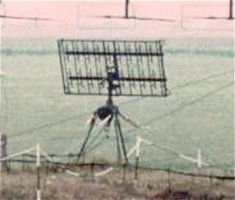
Figure 1: Antenna of the interrogator NRS-12
| Specifications | |
|---|---|
| frequency: | UHF-Band |
| pulse repetition time (PRT): | synchron to the PSR |
| pulse repetition frequency (PRF): | 200 … 750 Hz synchronously to the PSR |
| pulsewidth (τ): | 12 Microseconds |
| receive time: | |
| dead time: | |
| peak power: | 4 Kilowatts |
| average power: | |
| instrumented range: | |
| range resolution: | 450 m |
| accuracy: | |
| beamwidth: | 20 Degrees |
| hits per scan: | > 10 |
| antenna rotation: | synchron to the PSR |
| MTBCF: | |
| MTTR: | |
NRS-12 “Score Board”
Score Board is very early equipment since it has an antenna array consisting of two horizontal rows of two radiators per element. The two double rows are mounted one above the other to give a four-array of what appears to be a total of 32 dipole radiators. The whole system is mounted on a rectangular rotatable framework.
The “Kremnij-2” interrogator transmits a group of pulses. The Transponder modulates these pulses with an audio frequency. There are 12 different frequency filters.
The number “12” in the designator means, that this interrogator was designed for the radar set P-12 and the following models of the “Spoon Rest” VHF-radar family. The working on the same principle (“Kremnij-2”) interrogator variant NRS-20 was designed for the P-37 “Bar Lock” (its predator was the so-called “P-20” radar). An other version fitted in an own trailer was a part of the SA-2 “Guideline” (alias S-75 “Wolchow”)

with an audio frequency)
Figure 2: Principle of operation of the Kremnij 2 system
Picture gallery of NRZ-12
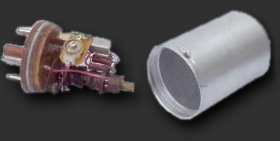
Figure 3: opened codefilter Nr. 4
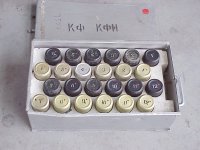
Figure 4: filter set of the P-15 radar
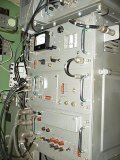
Figure 5: Rack NRS-12 in a P-18 radar


